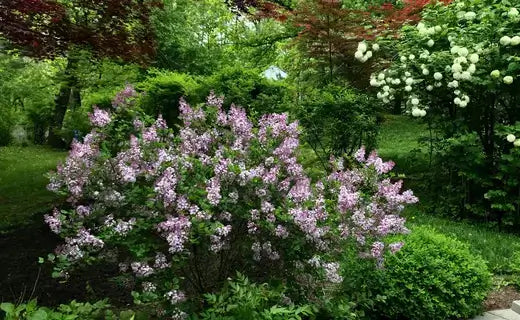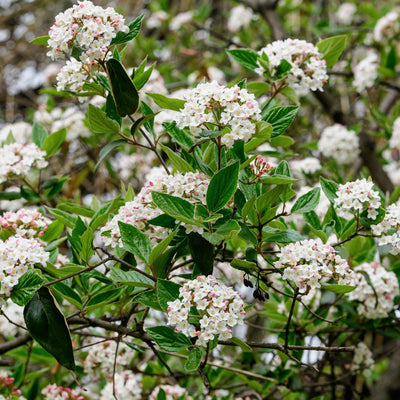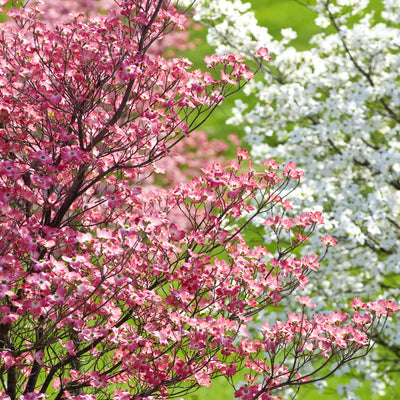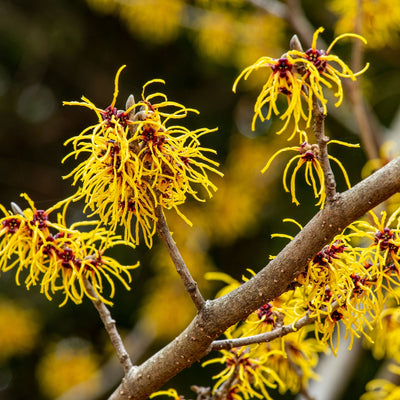Vibrant Varieties
Shrubbery design plays a pivotal role in landscaping, enhancing the aesthetic appeal of outdoor spaces while offering numerous ecological benefits. One of the fundamental principles of effective landscaping is layering, which involves strategically arranging shrubs and plants to create depth, texture, and visual interest. In this exploration of shrubbery design, we will delve into the world of layering, focusing on some exquisite shrub varieties: hydrangea, viburnum, hollies, dogwoods, butterfly bushes, hibiscus, and witch hazel. Each of these shrubs contributes unique characteristics and charm to your landscape.
Hydrangea: The Elegance of Blooms
Hydrangeas are renowned for their stunning, showy blooms, making them a favorite choice among garden enthusiasts. These deciduous shrubs come in various species and cultivars, each offering a different display of colors and shapes. From the classic mophead hydrangeas with their round, globe-like clusters of flowers to the delicate lacecap varieties, hydrangeas provide unparalleled elegance. When incorporating hydrangeas into your landscape, consider their specific requirements, such as soil acidity and moisture levels. Their ability to change flower colors based on soil pH can add a fascinating dimension to your design. Planting hydrangeas alongside taller shrubs or trees can create an enchanting layered effect, with the hydrangeas providing a burst of color at mid-level.
Viburnum: Versatile and Reliable
Viburnums are versatile shrubs known for their adaptability and reliability in various growing conditions. With many species and cultivars, you can find viburnums to suit almost any landscape design. They are prized for their clusters of fragrant, white, or pink flowers in spring, followed by colorful berries and attractive foliage throughout the year. In a layered landscape, viburnums are excellent choices for mid-level shrubs. They can act as a transitional element between taller trees and lower groundcovers. The viburnum's seasonal changes provide interest and structure, making them key players in the design.
Hollies: Year-Round Evergreen Beauty
Hollies are evergreen shrubs renowned for their glossy, dark-green leaves and vibrant red berries during winter. Their year-round appeal and tolerance to pruning make them versatile additions to any landscape design. Hollies come in various shapes and sizes, from compact bushes to tall, tree-like forms. Hollies can lay a landscape's backbone, providing structure and permanence. Their dense foliage offers privacy and a backdrop for other, more ephemeral plants. The berries attract wildlife, adding ecological value to your garden.
Dogwoods: Four-Season Interest
Dogwoods are beloved for their striking spring blossoms and beautiful fall foliage. These deciduous shrubs or small trees offer an array of colors, from the iconic white or pink blooms to fiery red and burgundy leaves in the autumn. Some varieties also bear colorful fruits, adding to their appeal. Dogwoods work well as understory plants in a layered landscape, providing texture and diversity. Planted beneath taller trees or alongside hollies and viburnums, they bring seasonal interest to every layer of your design.
Butterfly Bushes: Pollinator's Paradise
Butterfly bushes, scientifically known as Buddleia, are aptly named for their ability to attract a wide array of butterflies and other pollinators. These deciduous shrubs produce long, arching clusters of fragrant, nectar-rich flowers in various colors, making them a vibrant addition to any garden. In a layered landscape, butterfly bushes can be strategically placed to invite pollinators and add a sense of movement and liveliness. Their slender, arching branches create an airy effect, visually contrasting denser shrubs like hollies or viburnums.
Hibiscus: Tropical Elegance
Hibiscus shrubs bring a touch of the tropics to your landscape with their large, striking flowers. These deciduous or evergreen shrubs thrive in sunny locations and come in various colors, including shades of pink, red, and white. Hibiscus can be focal points in a layered landscape, drawing the eye with bold blooms. Plant them strategically amidst other shrubs to create a dynamic, visually pleasing arrangement.
Witch Hazel: Winter's Fragrant Delight
Witch hazel, known for its unique winter flowering, adds an unexpected touch of beauty to the winter garden. The spidery, fragrant blooms appear on bare branches, providing a delightful contrast to the season's gloom. In a layered landscape, witch hazel can be placed as an accent shrub, particularly where its winter display can be appreciated. The scent and visual appeal it brings during the colder months make it a valuable addition to your design.
Layering shrubs in your landscape design is a sophisticated way to create depth, texture, and year-round interest. You can achieve a harmonious and visually captivating garden by carefully selecting and placing shrubs like hydrangeas, viburnums, hollies, dogwoods, butterfly bushes, hibiscus, and witch hazel. Each of these shrubs brings unique qualities, from vibrant blooms to year-round evergreen foliage, making your landscape a living work of art that evolves with the seasons. So, get creative and start layering to create a lush, inviting outdoor space that will bring joy and inspiration for years.




